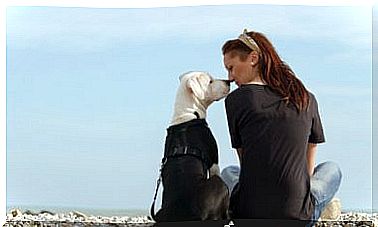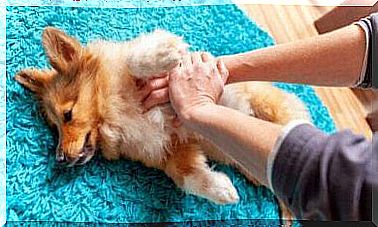Animal Welfare In The European Union
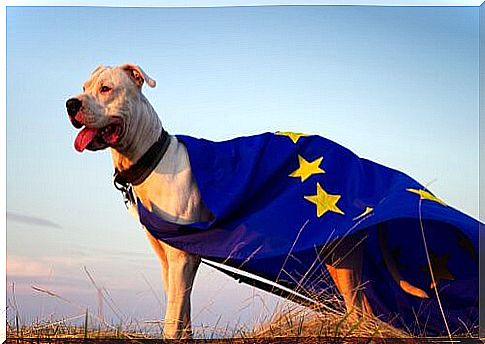
In recent times, humans are increasingly sensitive to the suffering of animals and their well-being. In this article we take a brief look at the importance of animal welfare in the European Union today.
History of animal welfare in the European Union
The first initiatives in favor of animal protection appeared in Europe in the mid-19th century. In particular, through a law to protect cattle, sheep and horses from human cruelty.
Years later, in 1970, the first animal protection associations were born, which carried out campaigns with the media and developed activities with community institutions.
The curious thing is that these initiatives coexisted with terribly cruel practices, such as fox hunting in the UK or bullfighting in Spain. Even today’s intensive animal production would conflict with their ideals.
In any case, the currents of thought in favor of animal welfare have been reflected directly in the founding treaties of the European Union. If at the beginning animals were considered as mere commodities, at the end of the 90s they began to be considered legally as suffering beings.
Animal welfare in the European Union today
Involvement of the European institutions in animal welfare
Over the years, the European Council has specialized in the development of animal welfare conventions. In fact, recently, a research group known as Welfare Quality , was created to develop systems for assessing and monitoring the welfare of animals in farms and slaughterhouses.
A European Innovation Partnership has even been created. This includes animal welfare research and innovation as one of its goals.
Influence of animal welfare on European policies
As a result of consumers’ growing concern for animal welfare, this issue currently has considerable prevalence and permeates European policies. For example, this can be observed in:
- Common Agricultural Policy (CAP). This policy, on the one hand, grants aid to farmers, provided that they maintain an adequate level of protection for their animals. However, there are sectors with serious shortcomings in animal welfare, especially pigs and poultry, which operate without this aid. On the other hand, the CAP encourages the modernization of farm structures to improve the quality of life of animals.

- Animal health policy and food safety policy. The recently revamped new regulation on official controls will oblige European countries to designate reference centers for animal welfare.
Incorporate these policies into animal production
For years, animal welfare has been a key pillar of animal legislation. This is the case with the rules governing their transport and slaughter. These are two key moments in farming that have a direct impact on the quality of animal products.
On the other hand, the aid is implemented to promote extensive, free-range and organic farming. These three forms of production are considered to be more respectful of animal welfare.
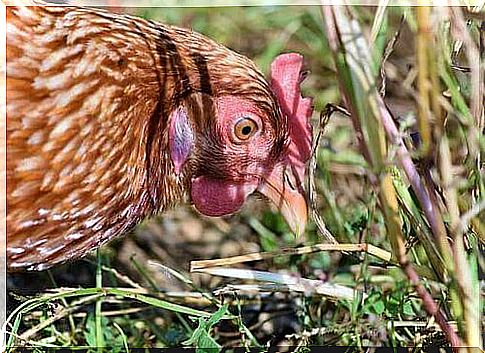
Finally, the strategies are developed in collaboration with producers and consumers. For example, through protected designations of origin or protected geographical indications.
Challenges for animal welfare in the European Union
Incorporation of animal welfare into the European agenda has been gradual and sectoral. Initially, it focused on farm animals and pets. However, the challenge is to gradually incorporate it into the protection of experimental, zoo and circus animals.
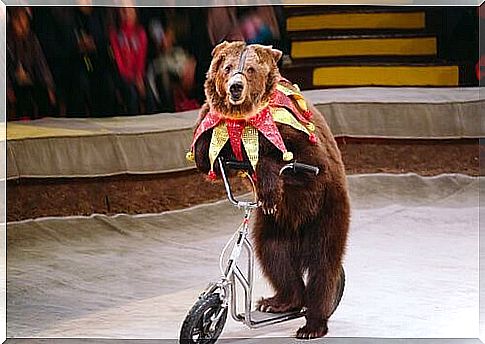
Without going further, with this goal in mind, the European Commission launched the Animal Welfare Platform in June 2017. Indeed, this platform promotes dialogue between authorities, businesses, companies and scientists on the protection of animals.
For example, many consumers say they are willing to change their habits to buy more animal-friendly products. To this end, food labeling should include guidance on compliance with animal welfare standards.
